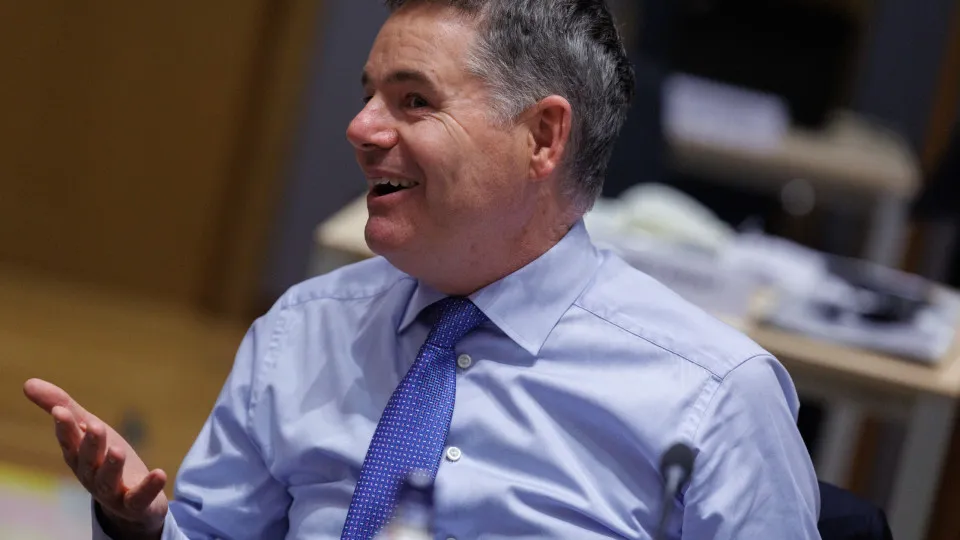
“A project, when it takes a long time, always ends up experiencing overruns. This one already has a 58% cost overrun and I would say we won’t stop here,” stated the government official, speaking to journalists after visiting the construction site.
Ana Paula Martins was speaking at the current hospital building in Évora after visiting the works of the new hospital unit and before a meeting with the newly appointed board members of the Alentejo Local Health Unit (ULSAC).
The minister noted that the initial functional plan for the new hospital, dating back to 2008, estimated construction costs at around 150 million euros, and now, with the “58% deviation,” the project stands at approximately 237 million euros.
Among various changes made over the years, Ana Paula Martins emphasized that “between 2008 and 2025, many things change even in terms of safety and quality of care requirements.”
Currently, the project has “more than 70% completion,” she highlighted, indicating 2027 as the expected date for the completion of the works.
The official pointed out that there is still “an important decision to be made regarding some changes to the project, which have to be made now,” recalling that the new board of ULSAC has already taken office.
Furthermore, “it is necessary to review the agreement” that existed with the Évora Municipal Council concerning roads and access, she added, indicating that a meeting with the municipality’s president, Carlos Zorrinho, has already been scheduled.
“We really want the new hospital to be ready, the construction, and then we have the entire equipment and human resources part, but this has to be done simultaneously,” she stressed.
The minister considered that the future hospital unit “is greatly needed, not only for the Alentejo region” but especially for the entire district, acknowledging the lack of conditions in the current facilities for professionals and patients.
Also speaking to journalists, the president of the Évora Municipality viewed the minister’s visit to the new hospital’s construction site as “a willingness of the Government” to accelerate and complete the investment as soon as possible in conjunction with the municipality and the local health unit.
“The municipality is prepared to launch all the projects related to accessibility, and it depends on two things: that Estamo [a public capital company for the purchase, sale, and management of real estate and assets] makes available the public land we need and that the protocol allowing expropriations is implemented,” Carlos Zorrinho added.
The future hospital unit is expected to have 360 beds in individual rooms, which can be increased to 487, 11 operating theaters, five pre-operative stations, and 43 recovery stations, among other facilities.




